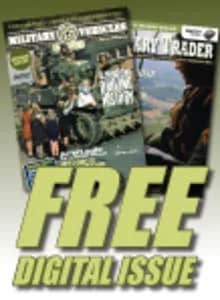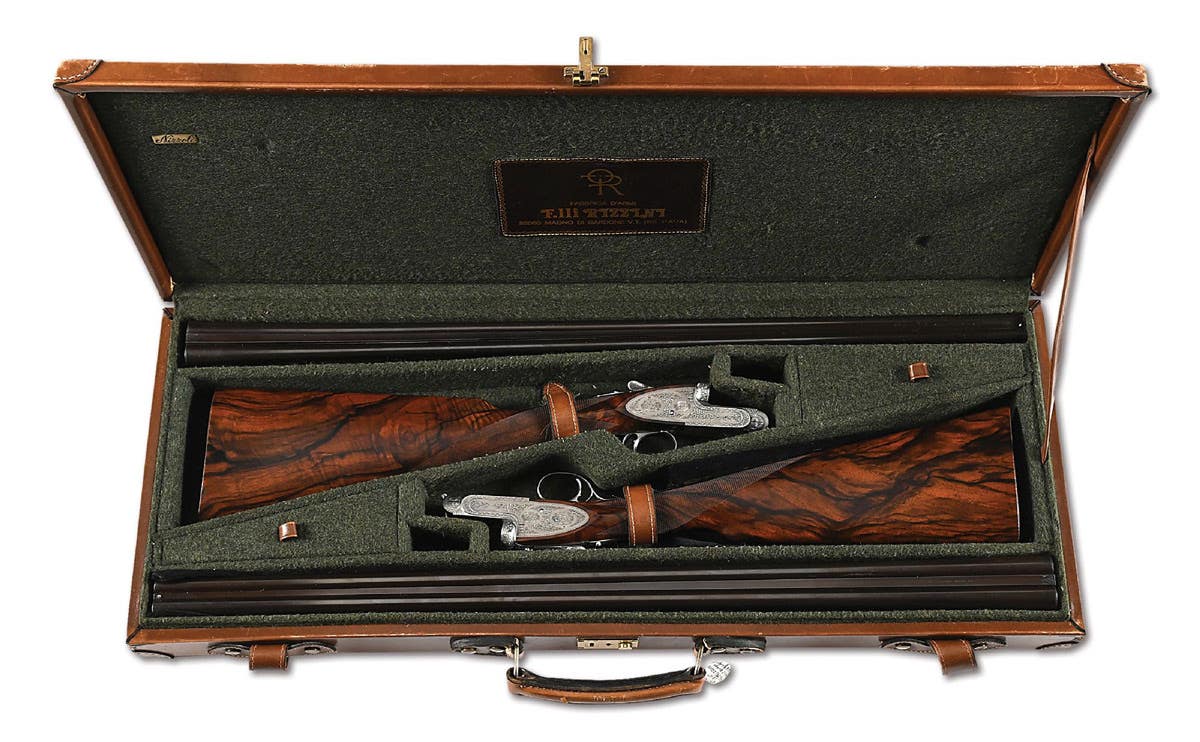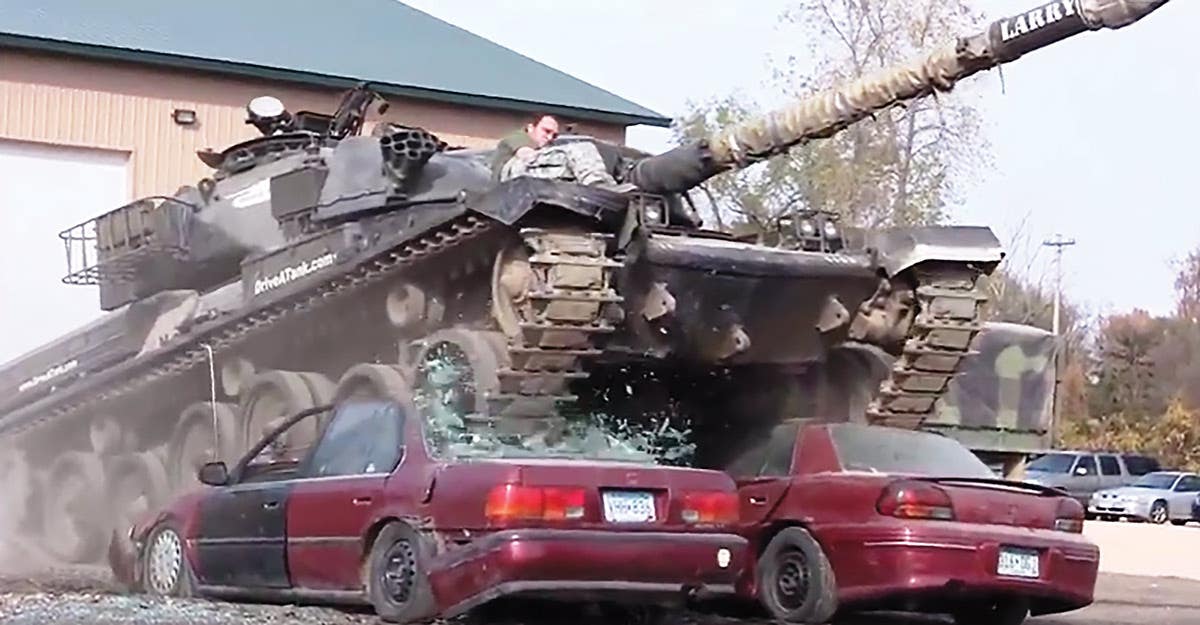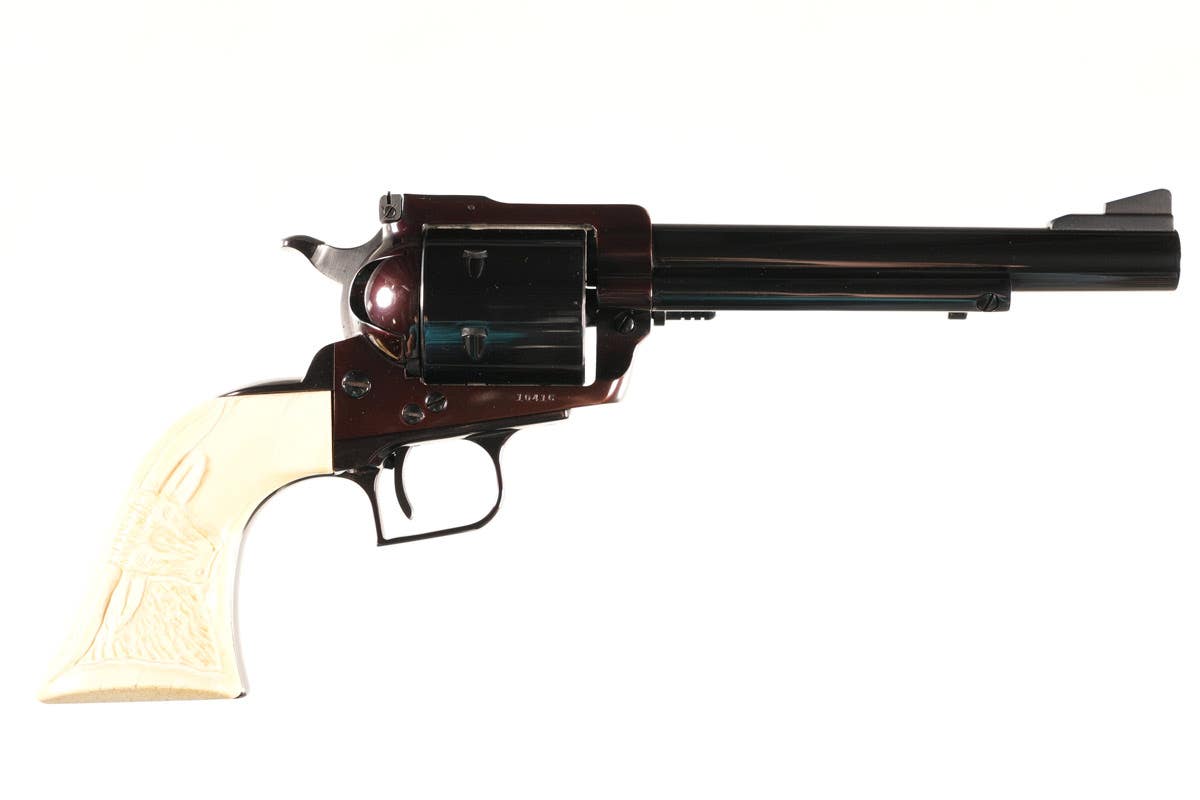Having a spring ‘clear-out’ is a must for militaria collectors
As a collector of militaria you eventually run out of room. At that point it calls for drastic action, and you know a “clear-out” is long overdue.
There are many benefits to being a home owner, such as being able to put your things down and know they will still be there undisturbed when you return. You can come and go as you please and bring more stuff into your house. This can be both good and bad for military collectors.
There often comes a day when, no matter how assiduous you try to be, things reach a critical point and you discover you are running out of space in the precious room you set aside for the sole purpose of keeping your collection separate from everyday household living. When that happens, it calls for drastic action and you know a “clear-out” is long overdue. Some call this “de-cluttering”, while others refer to the task as “having a tidy-up.”
Whatever way you look at it, the exercise is to get rid of unwanted things. This calls for tough decisions about what to keep and what to give to thrift shops, which we in the U.K. call “charity shops”. For most people, getting rid of some old cups, plates and the odd pair of shoes is not a problem. For militaria collectors and enthusiasts, it can take the Wisdom of Solomon to make such decisions. I know from personal experience how tough it is to decide what to get rid of. To the hardened collector, including myself, everything can seem precious, from those old crumpled maps to bits of rusty metal that you picked up on some battlefield and decided to preserve for posterity.
For almost 50 years now my long-suffering wife has put up with my latest interest in something or another, and the lengths to which I will go in order to add another valuable item to my collection. She is interested in the civilian side of things in WWII, aka the “Home Front.” She collects ration books, gas masks, clothing, all manner of badges and items relating to women’s involvement with the Home Guard. We are fortunate to have enough rooms where we can keep our collections separate, with my wife keeping her uniforms connected to the Women’s Voluntary Service and Women’s Institute hanging in covers on rails.
This year’s clear-out began when my wife unexpectedly decided to get rid of some of her 1940s-style shoes and dresses. A number of the items had the label attached with the logo “CC41”, which was introduced to help control the sale of rationed goods, with the initials standing for either “controlled commodity” or “civilian clothing”. This extended to footwear, undergarments and even furniture. The logo makes these items very collectible and valuable. She was more ruthless than me as she contacted friends who re-enact the 1940s, and they happily agreed to buy her surplus items. Over the next few days there was a trail of visitors to our house coming to collect their purchases. For her, the clear-out exercise was a victory.
For me, well, it was a different story. It is always that way with men. We find any excuse, however flimsy, to hold on to things. I decided to start by tackling my filing cabinets, bulging as they were with papers, photographs and brochures from places I have visited over the years. As I delved into the first drawer I thought I had opened a bottomless pit as the contents spilled out to cover the floor. Now I’m not naturally given to surrendering, but I did wish I had not entered into the competition with my wife to see who could clear out the most non-essential items from their collections. I stoically stuck to the task at hand and sifted through one folder and then another until I had finally tidied one drawer in the cabinet.
Pleased with myself, I continued. It was not easy to part with such memories as I put guide books to castles in the pile to be taken to the charity (thrift) shop. I asked myself the question: “When was the last time you visited this castle or that museum and do you really need the guidebook?” It was a one-sided conversation and my inner self won the debate as the “donate to a good cause” pile grew larger. At the end of the first day the filing cabinets were tidy and I could even close the drawers.
Day 2 began with the shelves of my library. Friends and family have given me books for birthdays, Christmas or as a thank you for some favor rendered. As a result, many are duplicate titles and I just had to pop those spare copies into the donations boxes.
Medals and commemorative medallions did not require any sorting because these are the best organized part of my collection and are all labelled and in order. Shell cases and inert ammunition required some attention and I decided the matter by accepting that one example of each is sufficient. I contacted collector friends and they took most of the unwanted items off my hands, but only after some serious bargaining.
After two more days of serious de-cluttering, I had finished the task and I was pleased with the result. During the course of the exercise I found items I thought I had lost and other things I had long forgotten about. I had made some money in the process by selling things and the charity shops benefitted from the donations. Feeling pleased, I decided that a visit to a militaria fair was a suitable reward for all the work. Wrong move, but I couldn’t resist — I had not been to a militaria fair for a long time.
As I walked into the hall and saw all the trade stands laid out in rows, it was too late to back out. Browsing items I enquired about prices leading to serious consideration about purchasing more items. A very nice silver commemorative medallion marking the Munich Agreement on Nov. 29, 1928 caught my attention. The obverse had the effigies of Mussolini, Chamberlain, Daladier and Hitler. It was in good condition and settling on a price, I moved on pleased that I now had something that marked the last days of peace as the countdown to war began.
I’m always inquisitive about boxes of documents and photographs, and I delved into one box at a vendor stand. Old maps are to me are irresistible, and in the box I found a few items, including a “General War Map of Europe” produced by the Daily Mail newspaper. Its tattered and fragile state appealed to me and I purchased it. Looking at it when I got home I saw that Italy is shown as being a neutral. I knew Italy did not declare war against Austria until May 23, 1915 — an act which made it an ally of Britain and France. This dates the map to circa 1914 and makes it something of a rarity, which pleased me greatly.
Books are another item I can’t resist and I spent time browsing thought the shelves of a trader, picking out several titles, including a 2002 paperback reprint of Heinz Guderian’s Achtung Panzer!. This is a work I have mentioned in some of my material but never had a copy to read myself. I am now reading it and it is proving to be a fascinating and revealing work. If the Staff College at Camberley had made this essential reading, British Army officers would have better understood their future enemy. My other purchases are now filling the gaps left on my bookshelves made by my clear-out.
In some way I did achieve a result, albeit only temporarily, by getting rid of more than I bought. Collectors will understand and know only too well my dilemma and some may even sympathize. I know that at some time in the not too distant future I will have to repeat the exercise again. Meanwhile, I can only hope my wife continues to be understanding when I arrive home with my next batch of valuable collectibles.
Here a few more articles by John Norris for your reading enjoyment.








